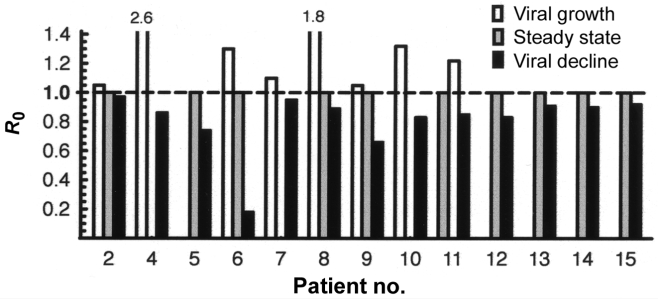Microsoft word - final msk icats spine primary care management referral thresholds and management pathways_v 10.doc
MSK ICATS – Spine Primary Care Management, Referral Thresholds and Management Pathways v10 FINAL Thresholds for Primary Care Management Pathway for the Referral reason / Primary Care Management to initiate a MSK ICATS clinicians (inc Patient presentation


